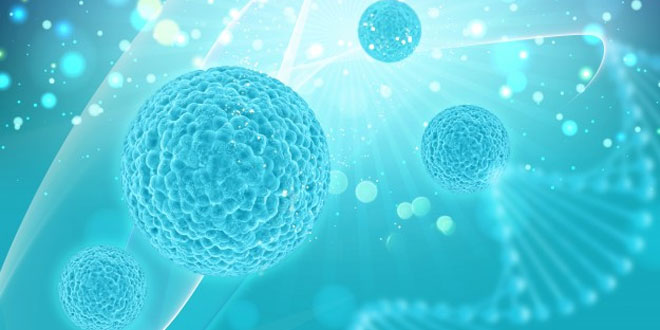Question: What are plastids? Name the different types of plastids found in plant cell.
Answer: Plastids are organelles found only in plants. They are:
- Chloroplast-Containing chlorophyll
- Chromoplast-Containing carotenoids and xanthophyll (coloured plastids)
- Leucoplast-Wllite or colourless plastids
Question: What is plasma membrane made up of?
Answer: Plasma membrane is made up of proteins and lipids.
Question: What did Robert Hooke observed first in cork cell?
Answer: Robert Hooke observed that cork consists of box like compartments which formed a honeycomb structure.
Question: Name the autonomous organelles in the cell.
Answer: Chloroplasts and mitochondria are the autonomous organelles in the cells.
Question: What does protoplasm refer to?
Answer: Protoplasm refer to cytoplasm and nucleus.
Question: Name two cells which keep changing their shape.
Answer: Amoeba and white blood cells.
Question: Name the smallest cell and the longest cell in human body.
Answer: The smallest cell is the red blood cell or sperm cell in male. Longest cell is the nerve cell.
Question: Name 3 features seen / present in almost every cell.
Answer: Plasma membrane, nucleus and cytoplasm.
Question:What is diffusion?
Answer: When gases like CO2, O2, move across the cell membrane, this process is called diffusion.
Question:What is osmosis? This takes place from high water concentration to low water concentration.
Answer: The movement of water molecules through a selectively permeable membrane is called osmosis. This takes place from high water concentration to low water concentration.
Question: What is the full form of DNA?
Answer: DNA —> Deoxyribo Nucleic Acid.
Question: What is the Junction of chromosome?
Answer: Chromosomes contain information for the inheritance of features from parents to next generation in the form of DNA molecules.
 Class Notes NCERT Solutions for CBSE Students
Class Notes NCERT Solutions for CBSE Students



